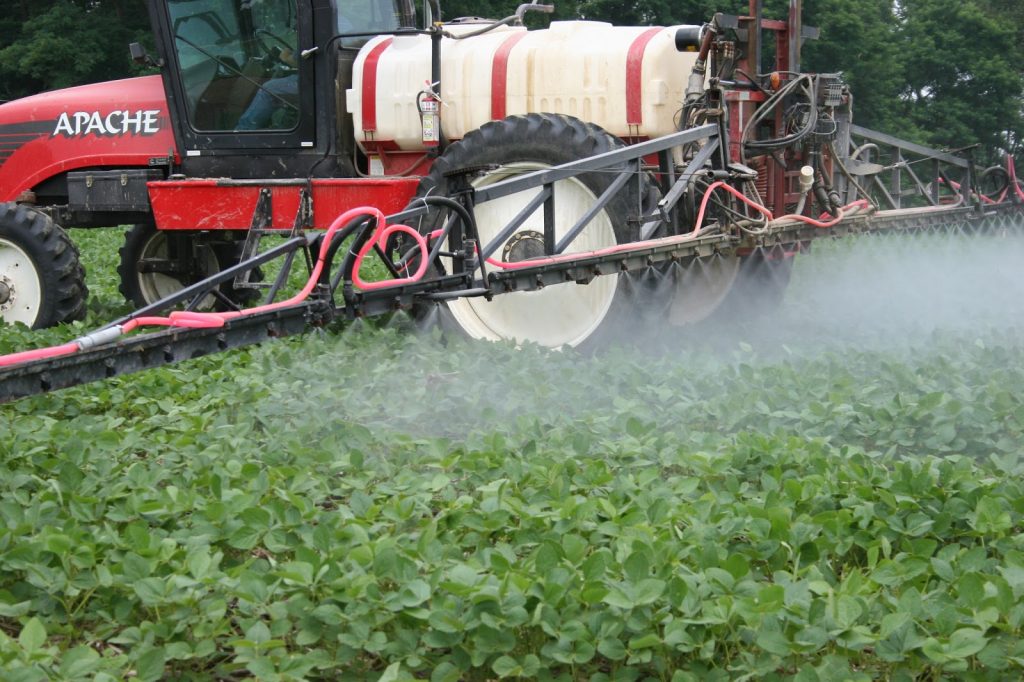Next-Gen Pesticides

Over and over, farmers have relied too heavily on the next new, effective pesticide to come on the market, setting the stage for resistance to incrementally erode its efficacy. This is why the search for next-generation pesticides has been ongoing since the 1960s when pesticides first became the dominant tool for managing most crop pests.
Most weeds in the Heartland are now resistant to one or more once-effective herbicides. The weeds in some fields are resistant to almost all herbicides!
As a result, conventional farmers have become dependent on next-generation, genetically-engineered corn, soybean, and cotton varieties that are altered to be tolerant to multiple herbicide sprays that previously would kill them.
The pesticide-biotech-seed industry has discovered a profitable business model. Farmers are charged premium prices for the genetically-engineered seeds tolerant of multiple herbicides, and then the companies also profit from the sale of the herbicides that can now be sprayed over the top of crops.
But the new seed varieties brought onto the market since 2015 have forced farmers onto a herbicide treadmill. And unfortunately, the pesticide industry has chosen to create next-generation GMO seeds with resistance to two older, relatively high-risk herbicides — 2,4-D and dicamba.
Next-Gen Herbicide Combinations
The next generation of herbicide formulations sold widely throughout the Heartland will include multiple active ingredients and will be paired with specially-bred GMO crops. Glyphosate-based herbicides are used on nearly all conventional GMO corn, soybean, and cotton seeds, in various combinations with the following herbicides:
- Glufosinate herbicides (Bayer’s Liberty)
- Dicamba herbicides (Monsanto/Bayer’s Xtendimax, BASF’s Engenia, DuPoint’s FeXapan)
- 2,4-D herbicides such as Dow AgroSciences Enlist Duo and Corteva’s Frontline
Both 2,4-D and dicamba have been widely used for decades. Both are relatively high-risk herbicides now approved for post-emergence applications on herbicide-resistant GMO soybeans, corn, and cotton. Since 2017 these two herbicides have accounted for most of the growth in overall corn and soybean herbicide use, and will likely continue to do so for several more years.
HHRA scientists are tracking the potential public health impacts of these new herbicide combinations. Our flagship project The Heartland Study is one of the first in the world to look at the cumulative impact of exposure to multiple herbicides during pregnancy. We are pioneering new analytical methods to quantify exposures to multiple herbicides including glyphosate, glufosinate, 2,4-D, and dicamba.
No other organization nor government agency is collecting the data essential to determine whether rising reliance on herbicides in the Heartland is increasing the frequency and/or severity of adverse birth outcomes or impairing children’s development.
A few next gen herbicides on the market now:

